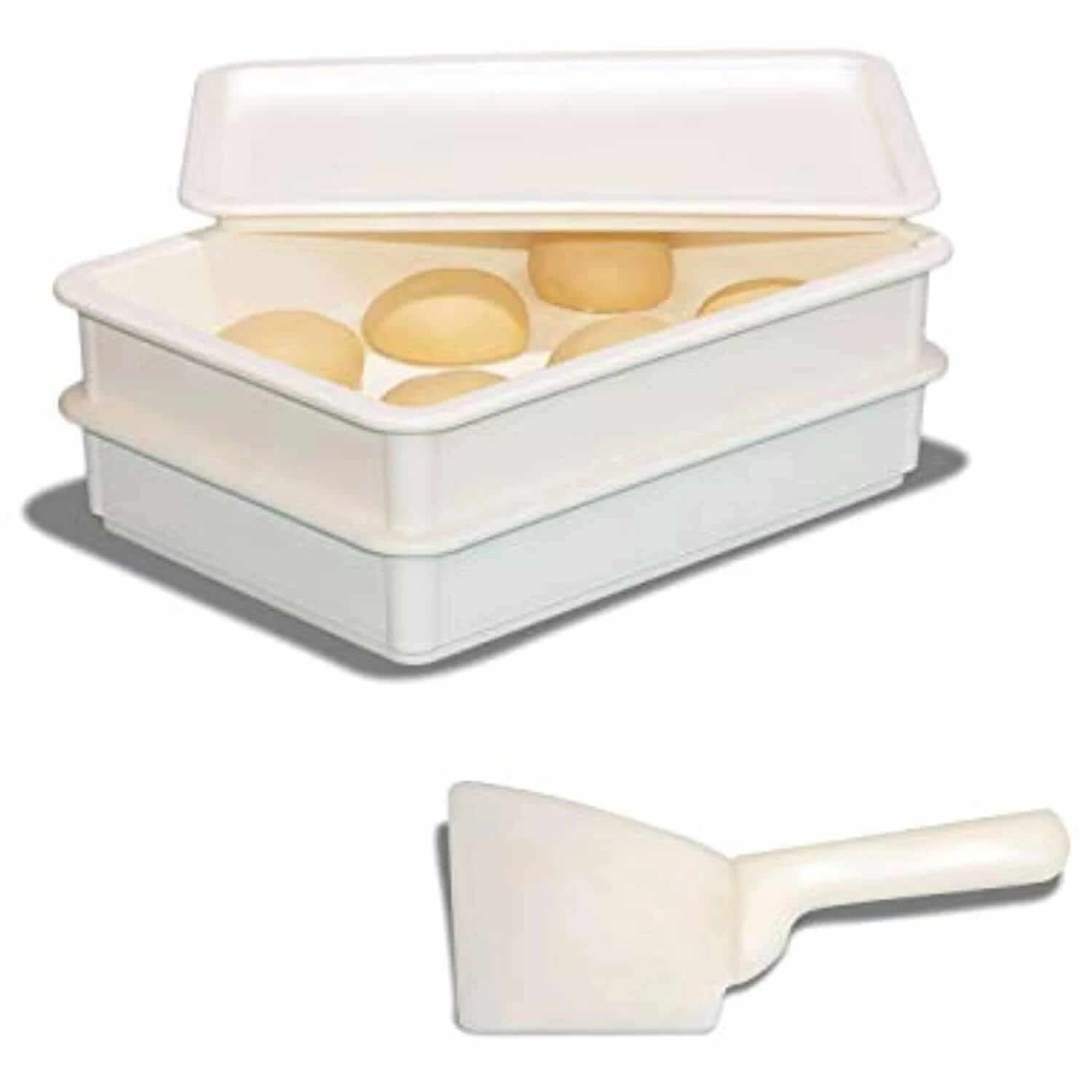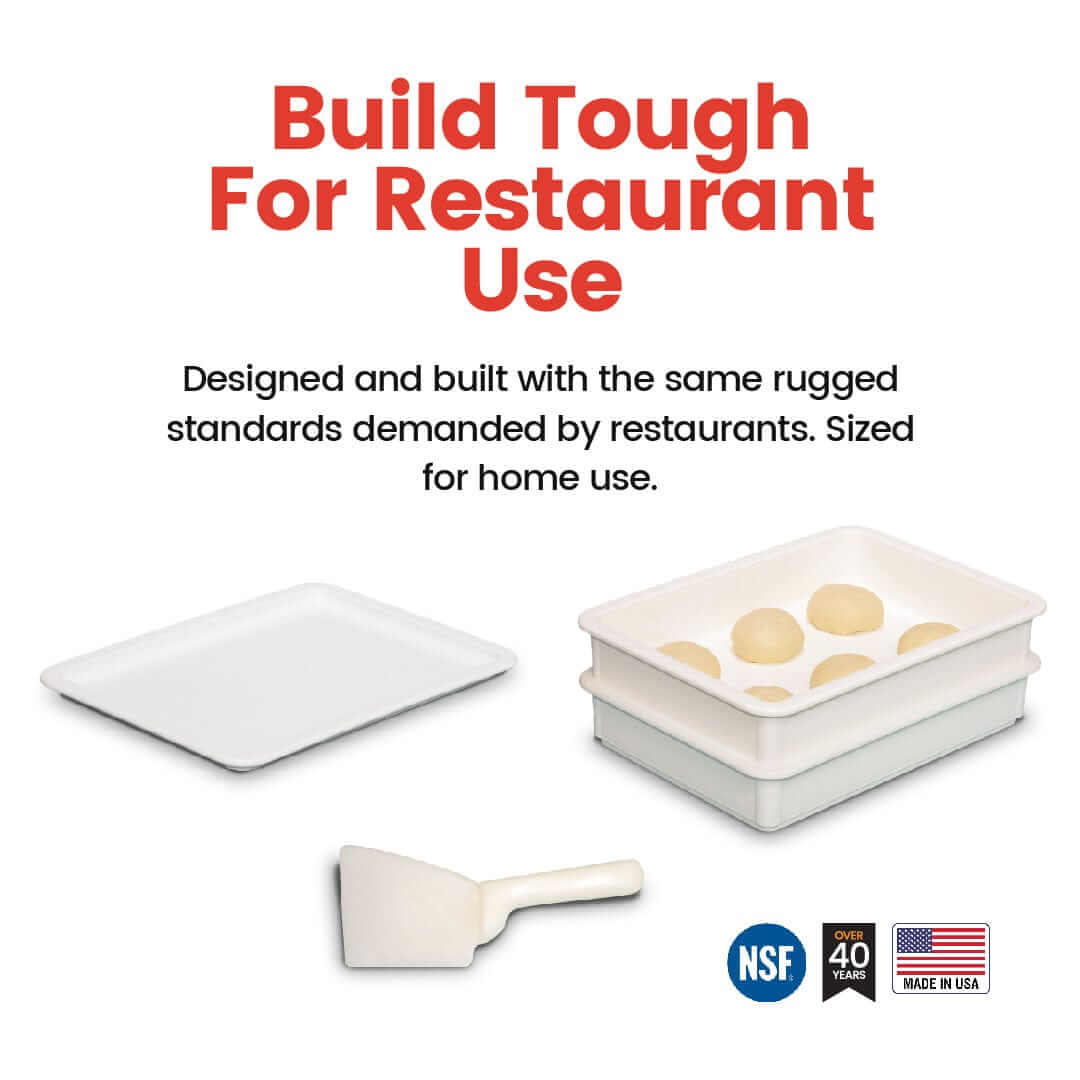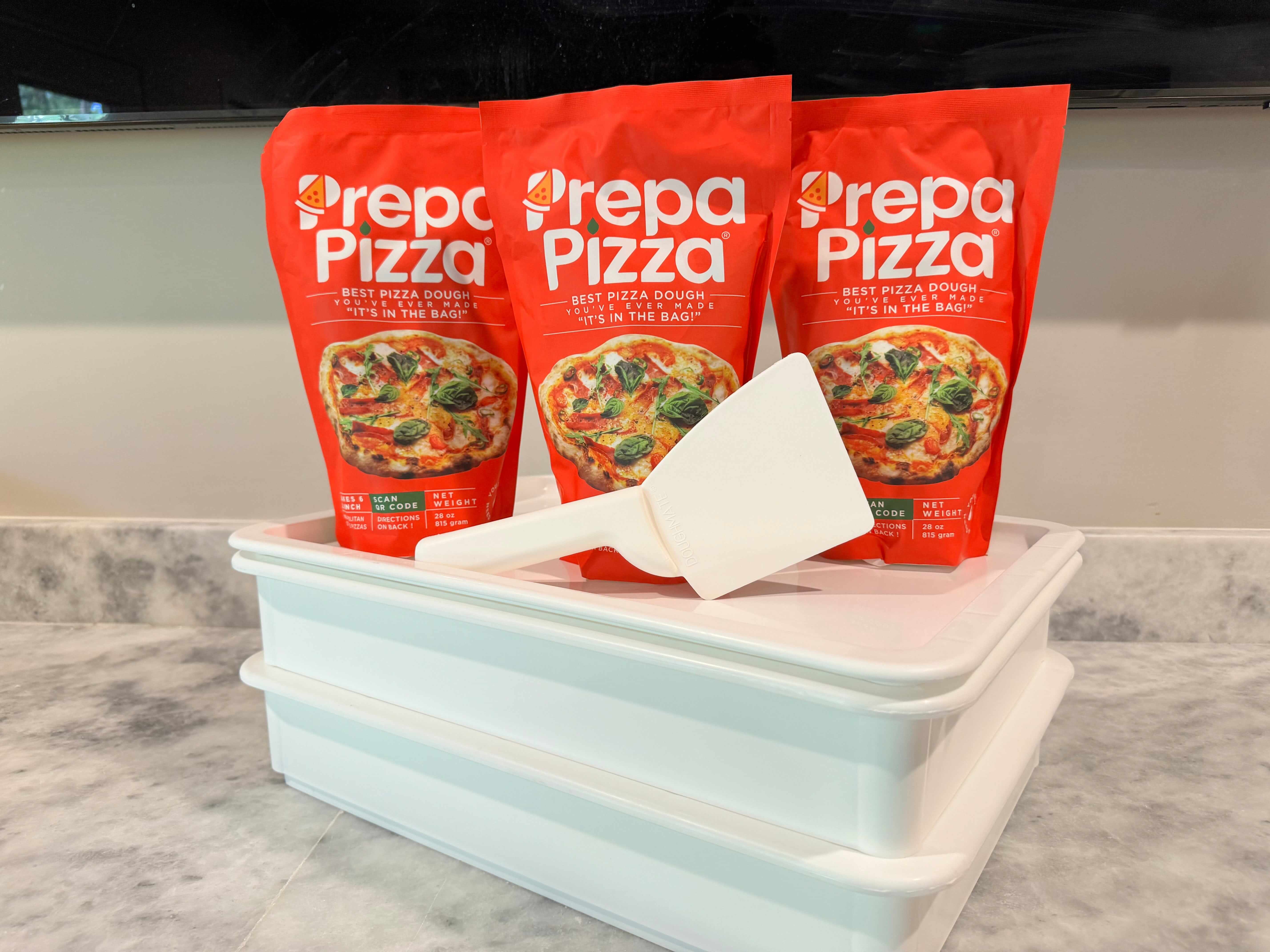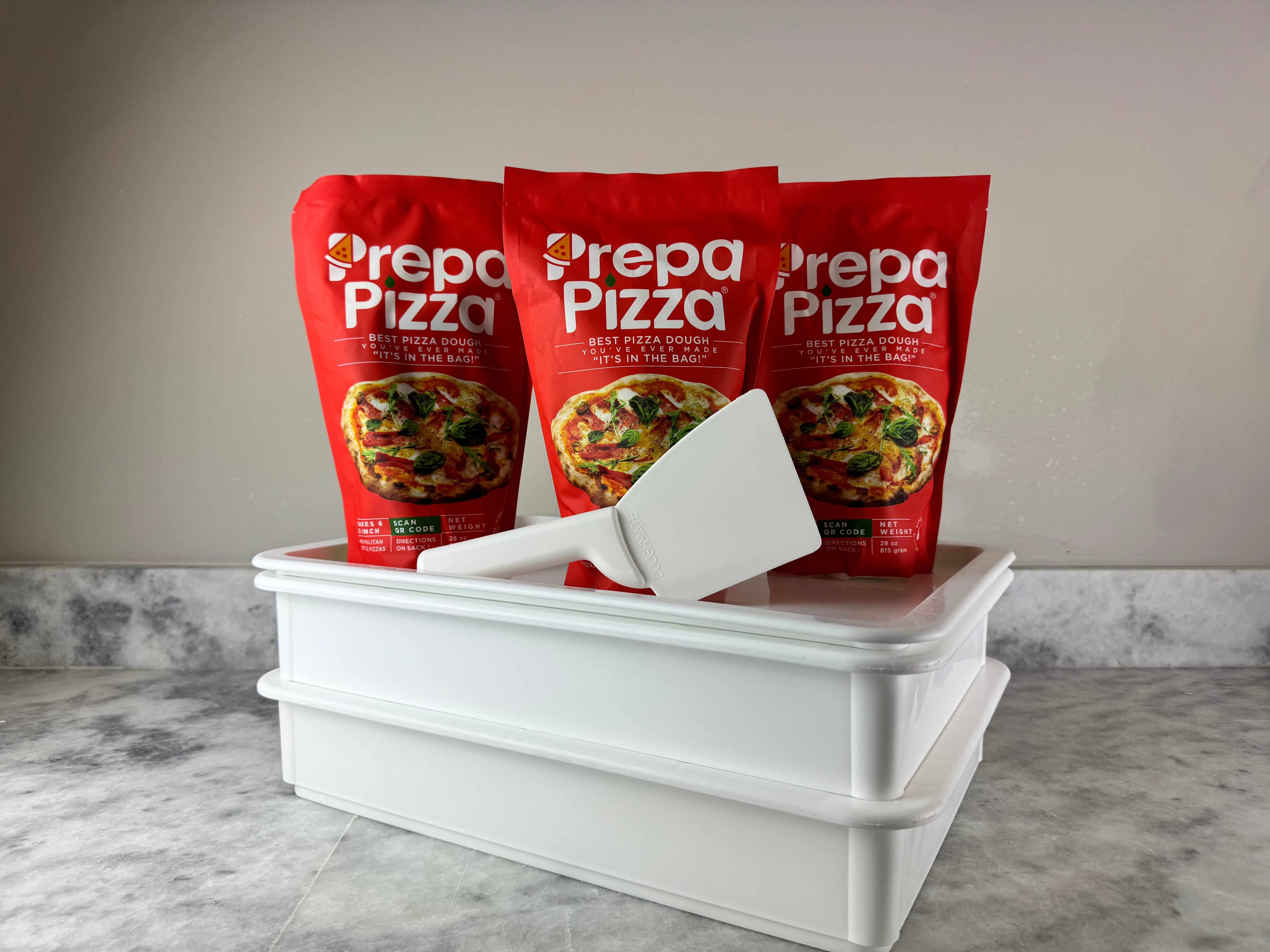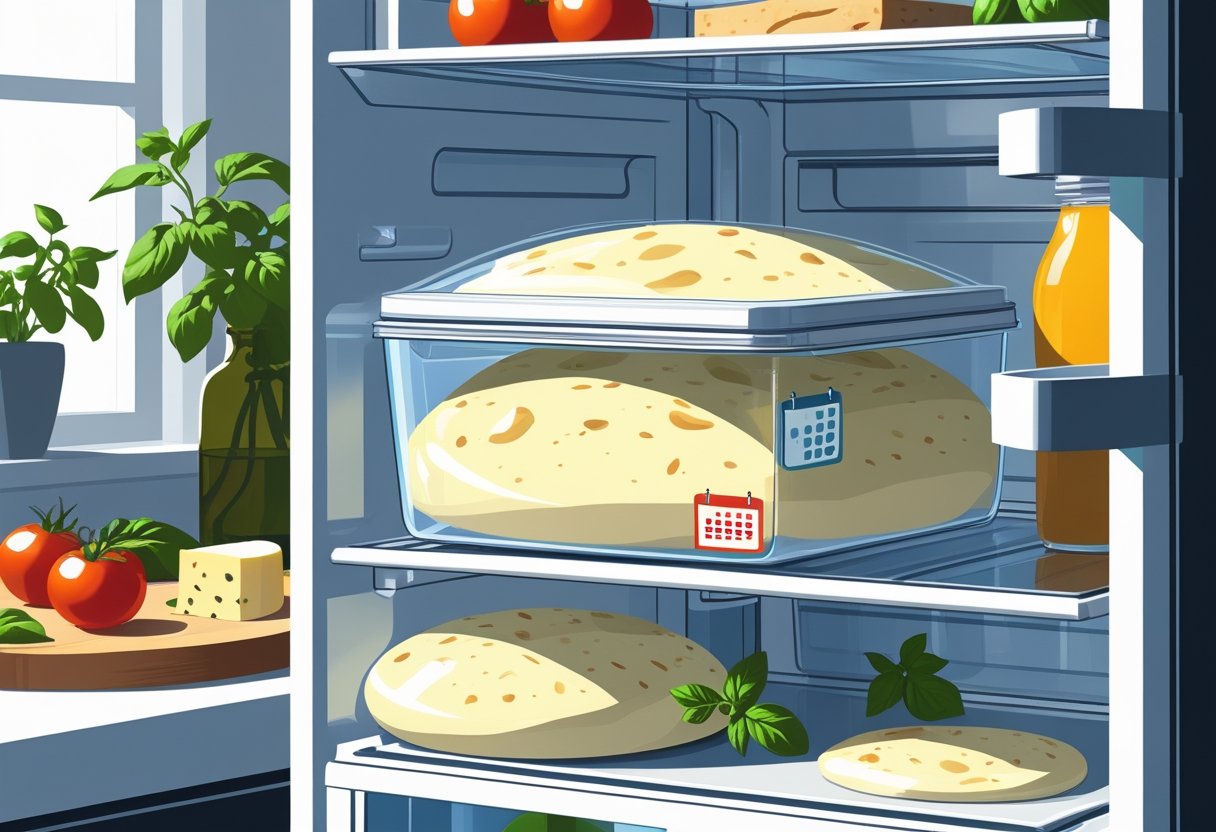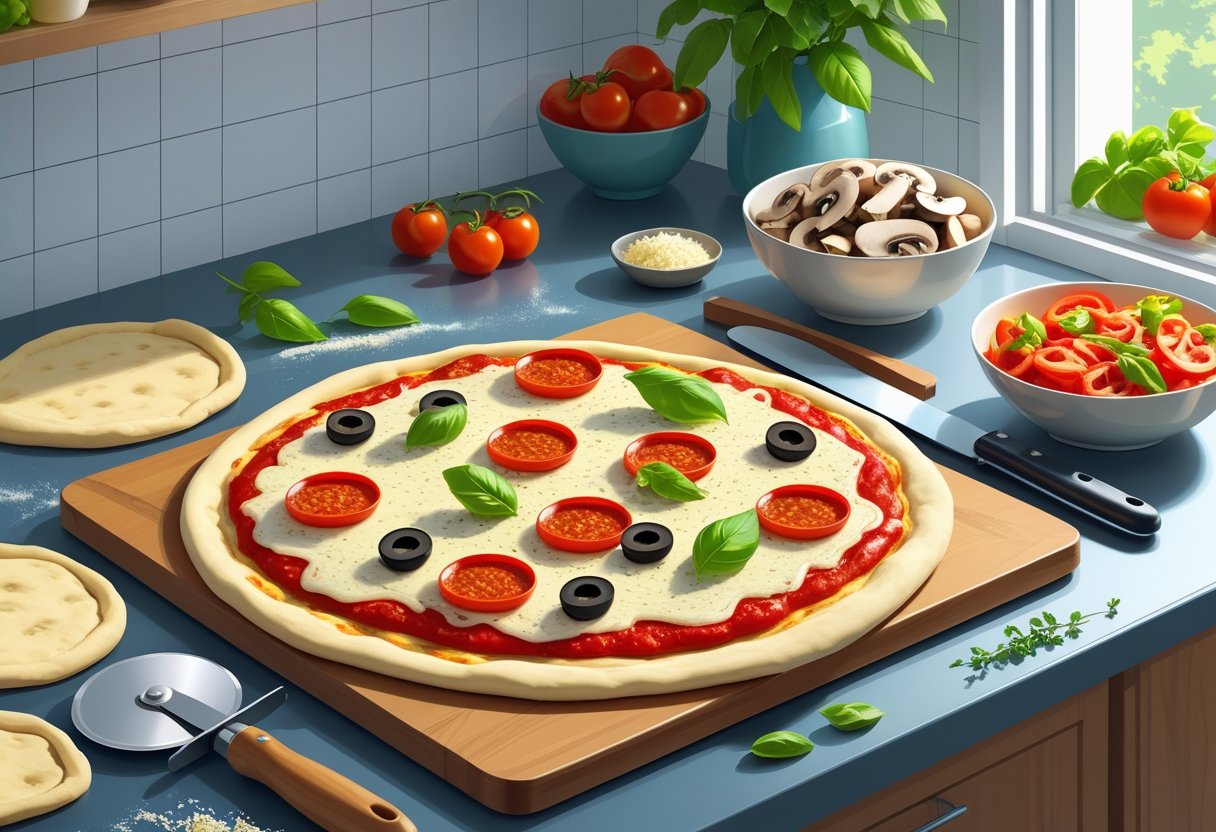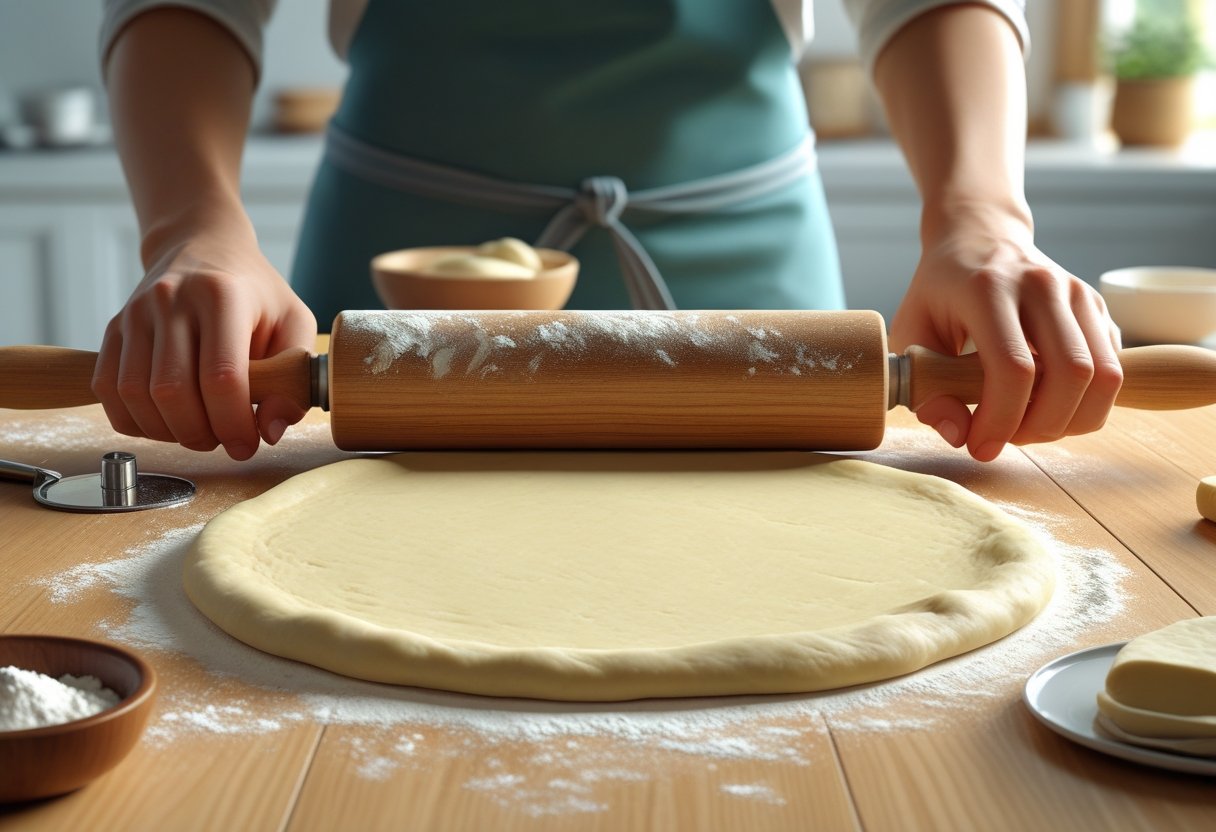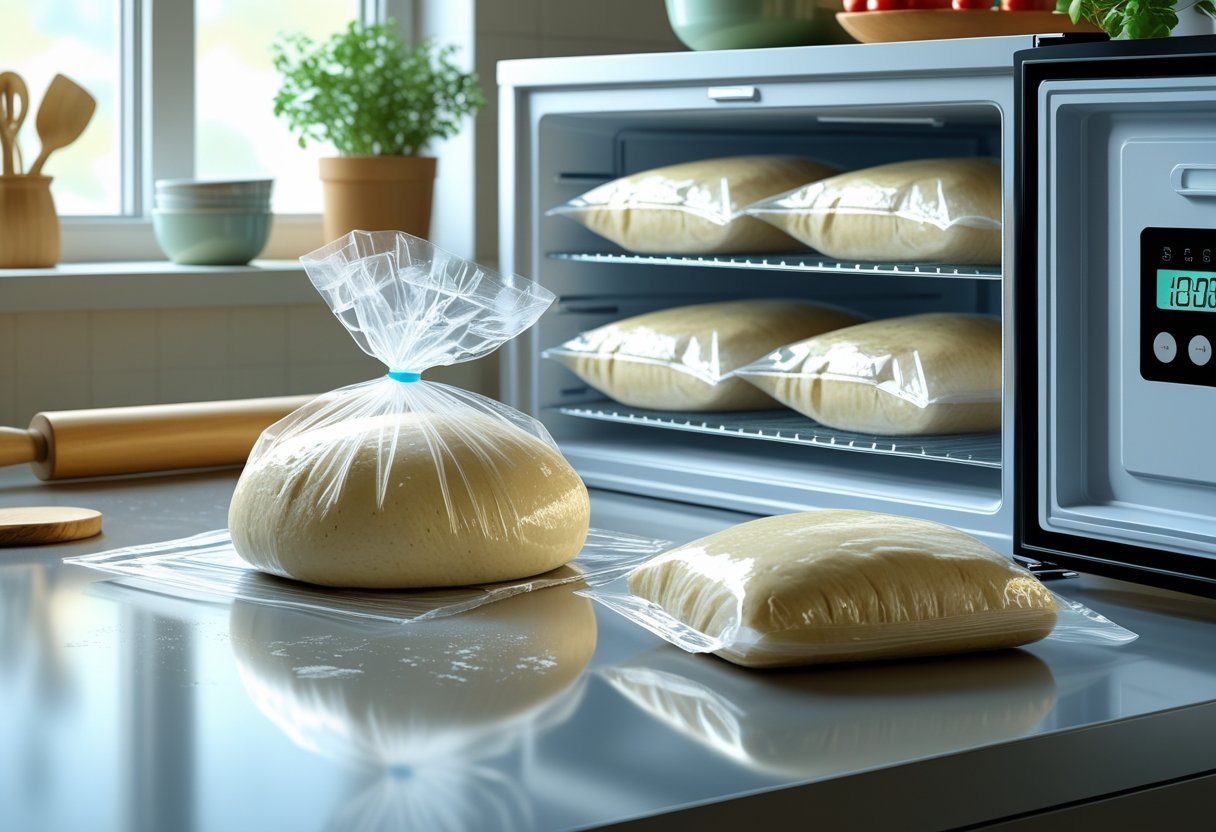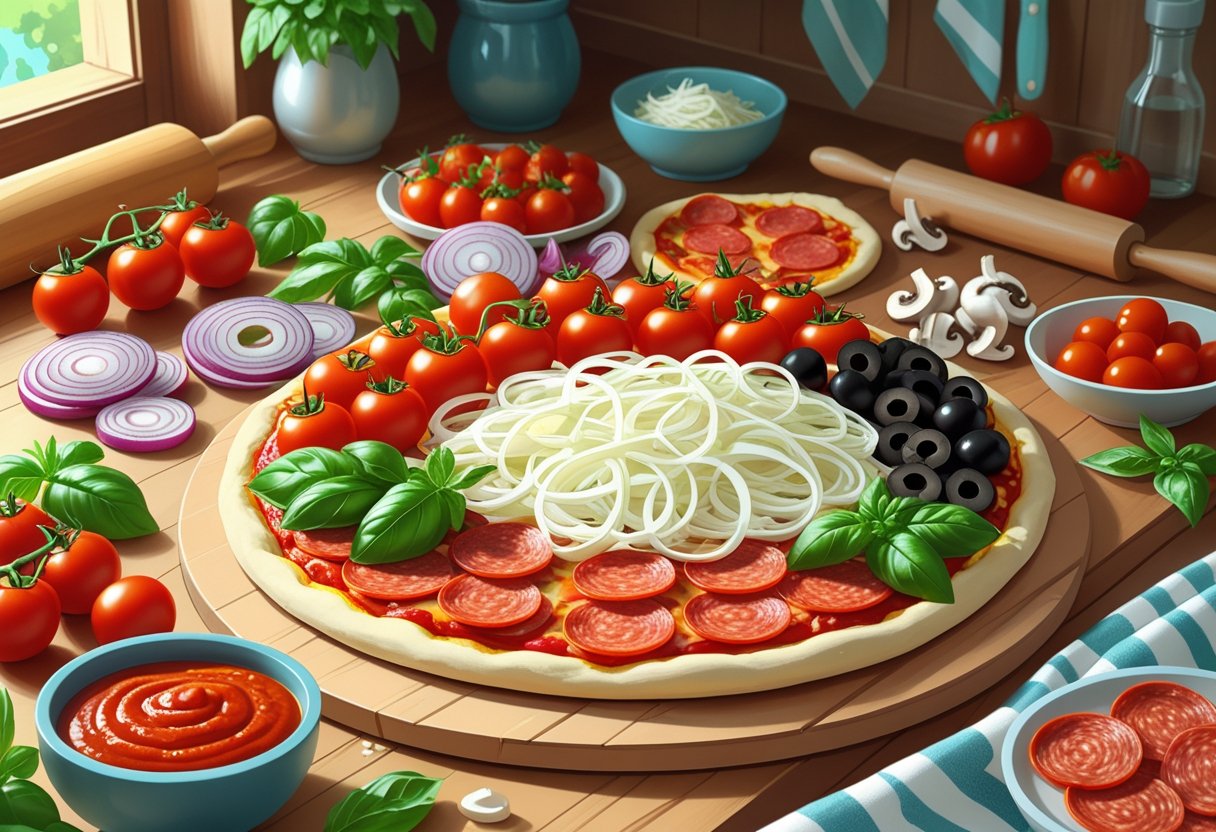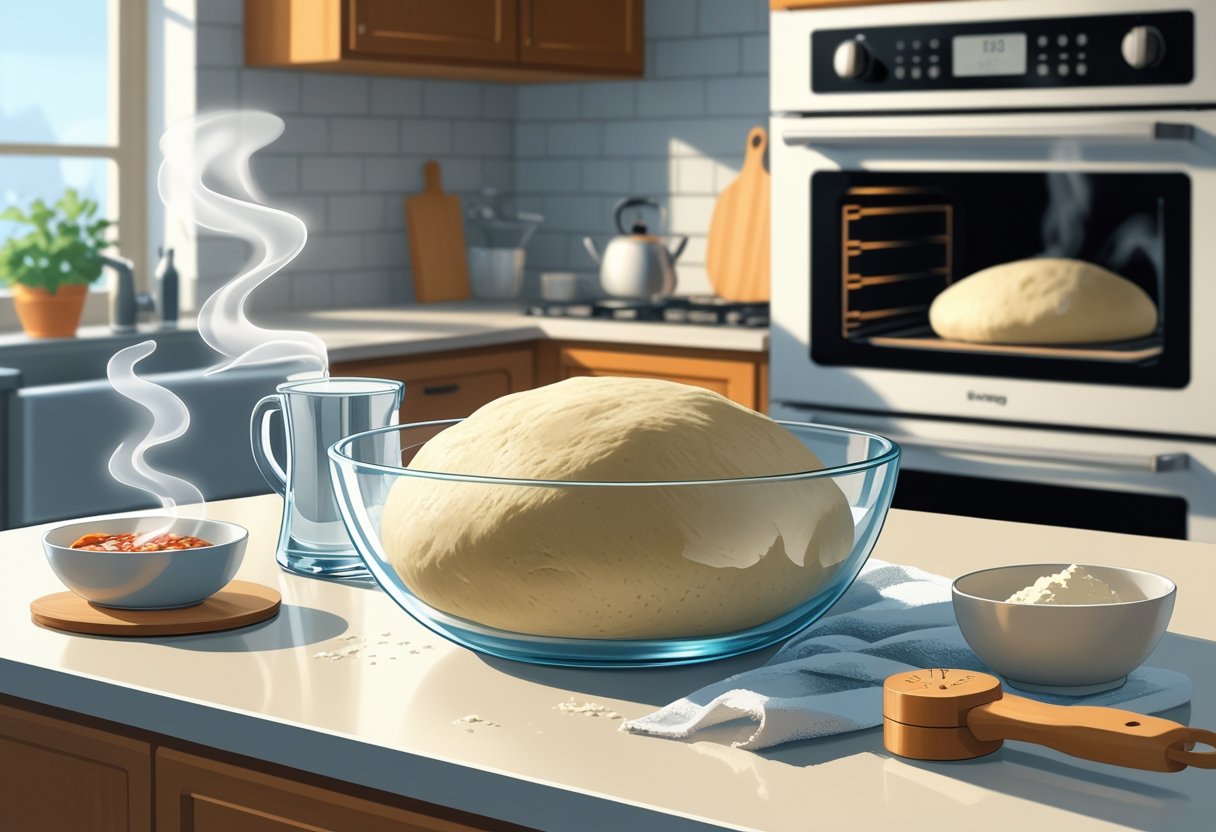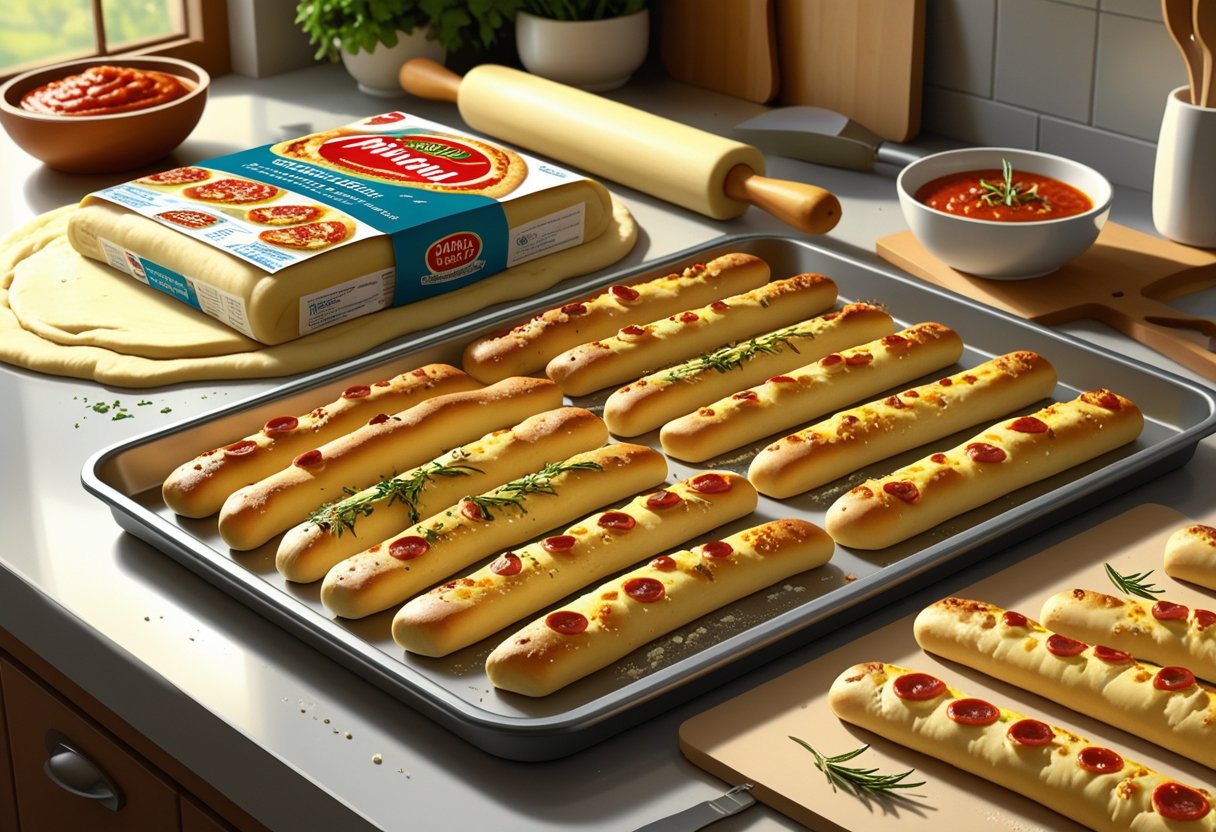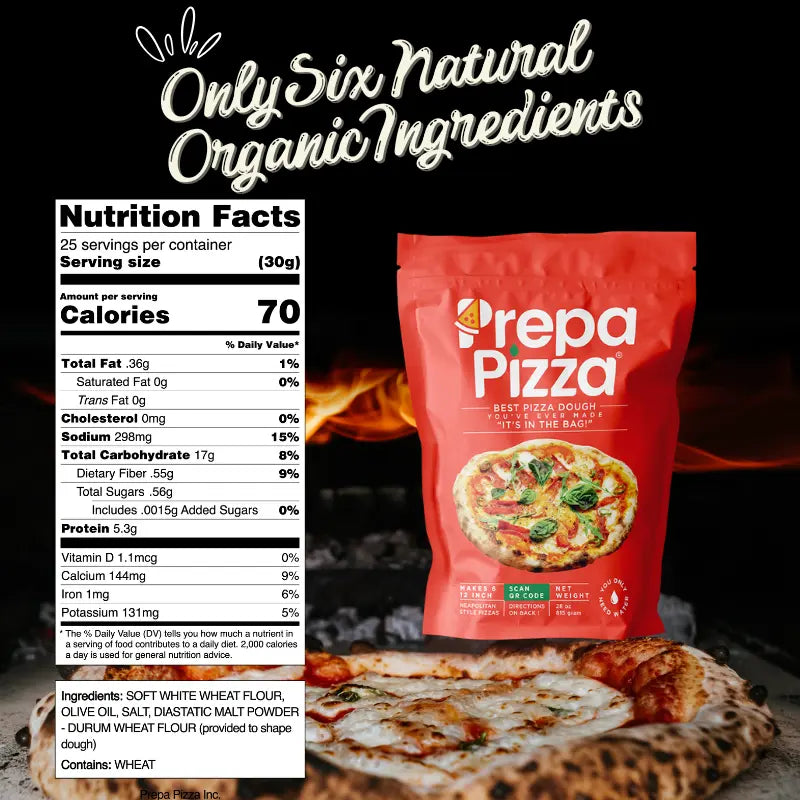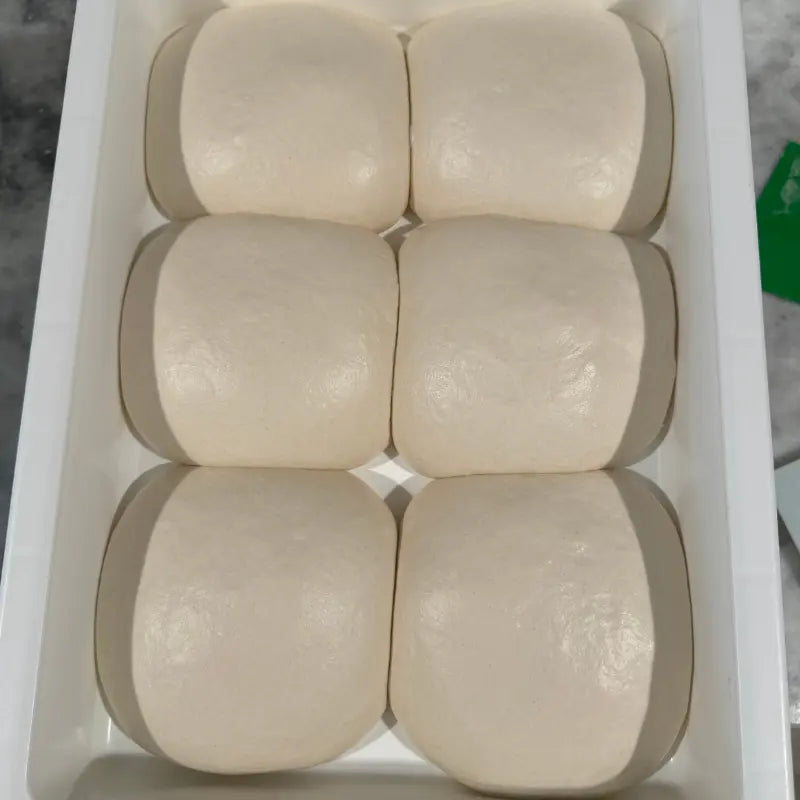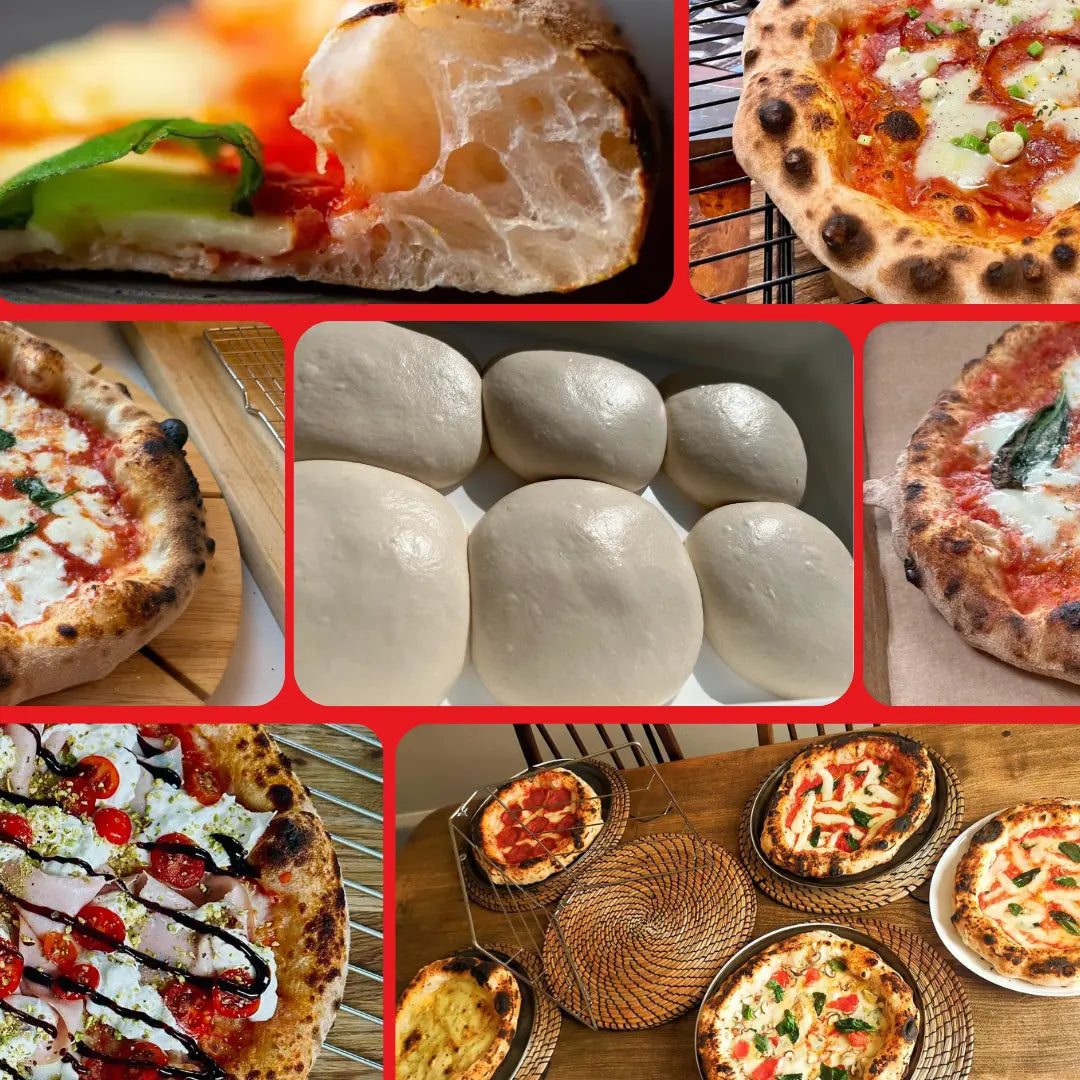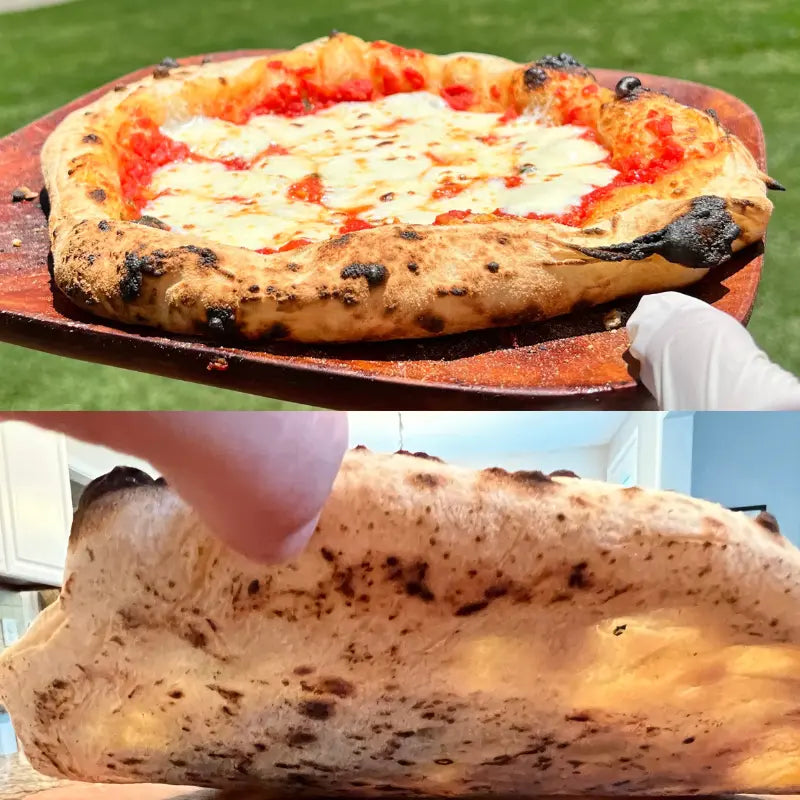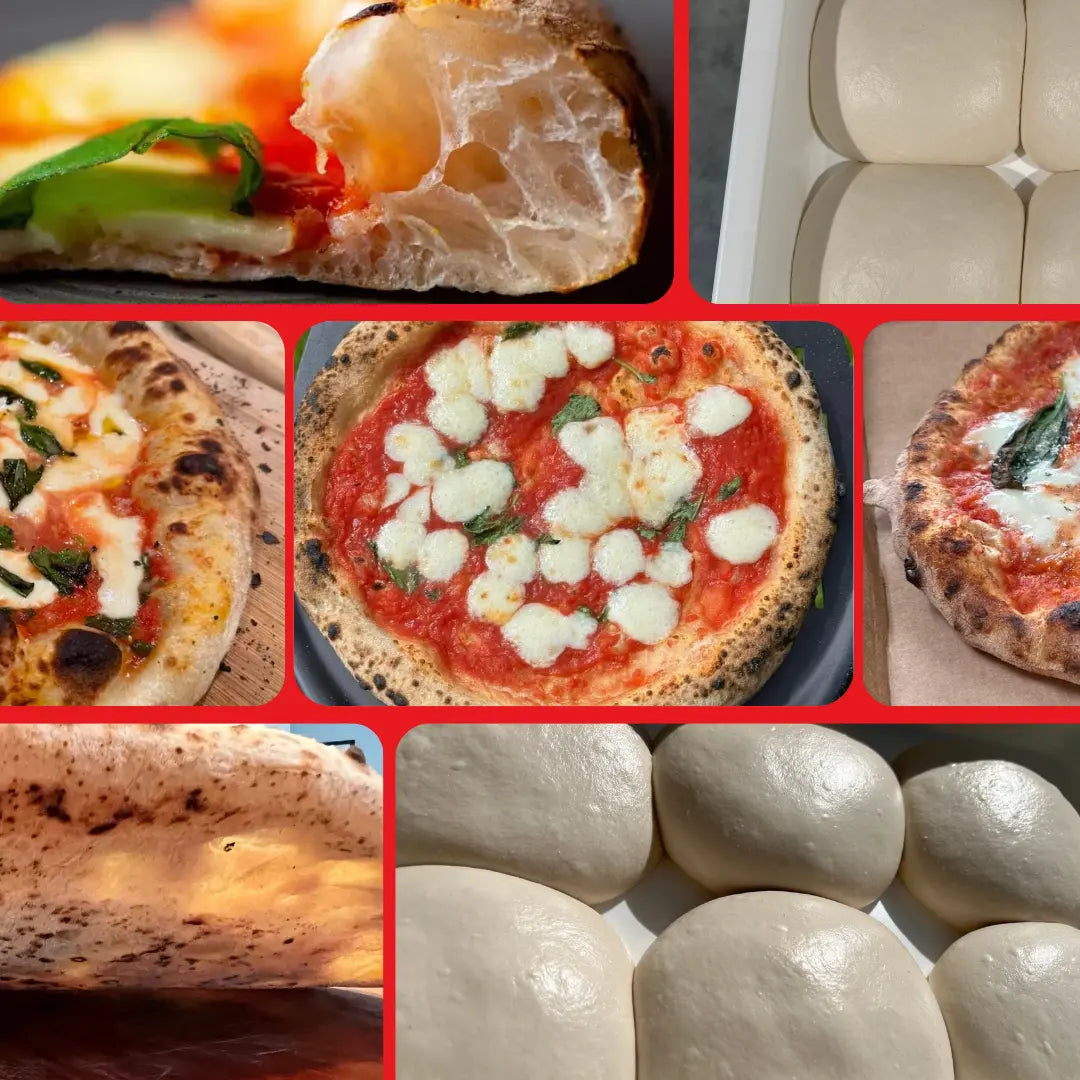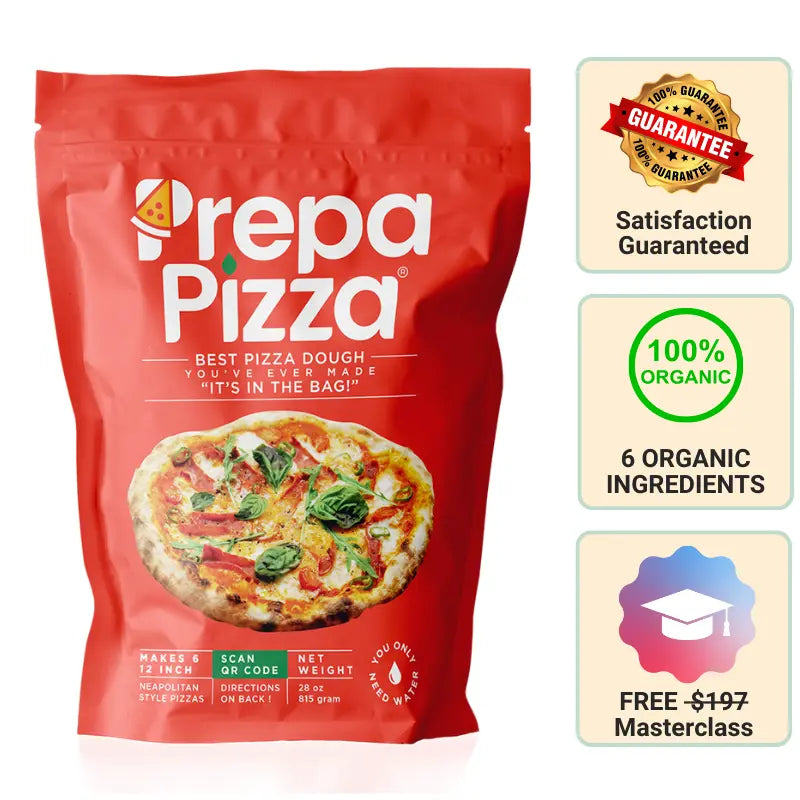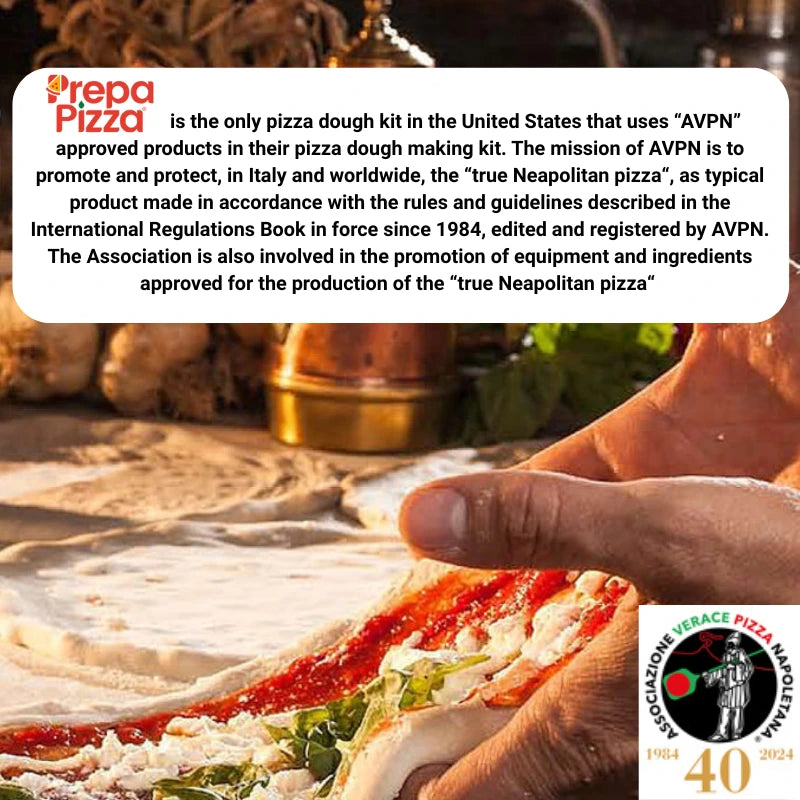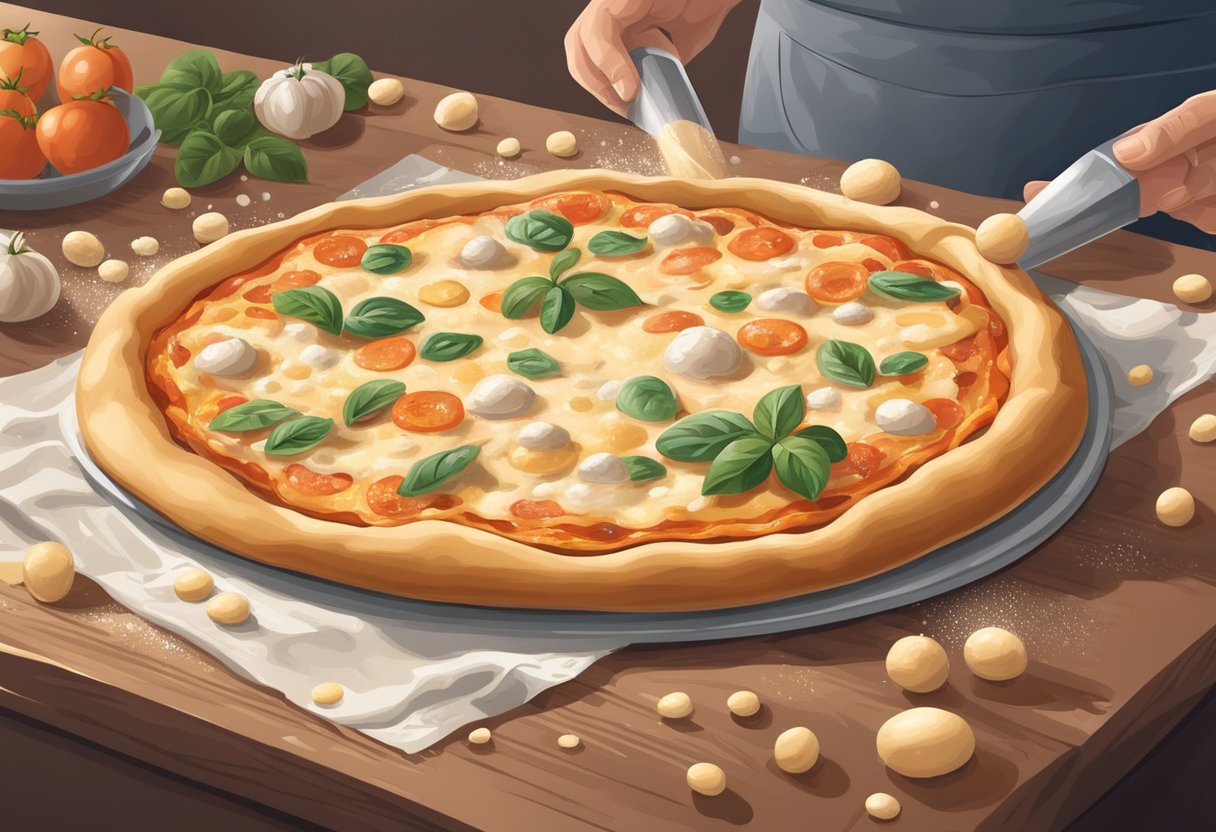
What Makes Pizza Dough Chewy: Understanding the Science Behind the Perfect Texture
When you bite into a slice of pizza, the texture of the crust plays a pivotal role in your enjoyment. The chewiness of pizza dough primarily comes from the gluten content and the way the dough is prepared. High-protein flours, like bread flour, develop more gluten, which creates that desirable chewy texture. If you’re using Prepa Pizza's dough, you can rest assured it’s crafted with quality ingredients that enhance this crucial characteristic.
Hydration levels also influence the chewiness of your crust. A higher water content in your dough can lead to a more supple, chewy texture that many pizza lovers crave. With Prepa Pizza, the dough maintains the right balance of hydration, ensuring that each bite delivers a satisfying chew without being overly tough.
Additionally, the fermentation process contributes to the flavor and chewiness of the crust. Allowing your dough to ferment longer helps develop complex flavors while enhancing its texture. With the restaurant-quality dough from Prepa Pizza, you can achieve that perfect balance of chewiness and flavor with ease, making your pizza experience truly enjoyable.
The Science of Chewiness
Chewiness in pizza dough originates from the interaction between moisture, flour, and the gluten that forms during kneading. Understanding how these elements work together helps you achieve that desirable texture in your crust.
Gluten Network Formation
The foundation of chewy pizza dough is the gluten network formed by proteins in flour, primarily glutenin and gliadin. When you mix flour with water, these proteins hydrate and begin to bond. Kneading the dough stretches and aligns these proteins, creating a network that traps air, contributing to elasticity and chewiness.
The quality of flour used impacts gluten development. High-protein flours tend to produce a stronger gluten network. For instance, bread flour, commonly used in pizza-making, has around 12-14% protein content. This higher protein level encourages more gluten formation, resulting in a dough that holds its shape and provides that satisfying chew.
Hydration and Dough Consistency
Hydration is crucial in achieving the right consistency for chewy dough. The amount of water you incorporate into the flour affects the texture of your crust. A higher hydration level can lead to a softer and airier texture, while lower hydration yields a denser result.
Generally, a hydration level of around 60-65% is ideal for traditional pizza dough, balancing chewiness and ease of handling. Using quality ingredients, like those from Prepa Pizza, ensures that the flour absorbs water evenly, creating a uniform dough. Proper hydration allows the gluten to develop effectively, enhancing the chewy characteristics you desire in your pizza crust.
Choosing Ingredients for Chewy Pizza Dough
Selecting the right ingredients is essential for achieving a chewy texture in your pizza dough. Focus on flour types, yeast, salt, and oils to create the perfect balance that enhances both texture and flavor.
Flour Types and Their Impact
The type of flour you choose greatly influences the chewiness of your pizza dough. Bread flour is often recommended because of its higher protein content, typically 12-14%. This protein forms gluten, which gives the dough its structure and elasticity.
In contrast, all-purpose flour usually contains about 10-12% protein. While it works well, it may not yield the same chewiness as bread flour.
For those seeking a unique texture, you can combine flours. For instance, mixing bread flour with a small amount of semolina or whole wheat flour can add depth to your pizza dough while maintaining that desirable chewiness.
The Role of Yeast
Yeast is critical for creating the airy structure that contributes to chewiness. When yeast ferments, it produces carbon dioxide gas, which forms bubbles in the dough. Using instant yeast can speed up this process while still allowing for a good rise.
A longer fermentation period is also beneficial. Allow the dough to rise slowly in the refrigerator for 24 hours. This not only enhances flavor but also improves the gluten structure, leading to a chewier crust.
Consider the amount of yeast as well; too much can lead to an overly airy texture, while too little could result in a dense dough.
Salt and Flavor Development
Salt is more than just a flavor enhancer; it plays a vital role in gluten development. It strengthens the gluten network, providing the chewiness you desire. Use about 1.5-2% of the flour weight in salt for optimal results.
Diamond Crystal kosher salt is a popular choice among pizza makers. It dissolves easily and provides a balanced flavor. Be cautious with the amount, as too much salt can inhibit yeast activity, leading to poor dough rise.
In addition to its structural benefits, salt enhances the overall taste of the pizza, making every bite more enjoyable.
The Use of Oils
Incorporating oil into your pizza dough can improve the texture. Olive oil is a favored choice for its robust flavor and moisture-retaining properties. Adding around 2 tablespoons per pound of flour can help achieve a softer, more pliable dough.
Oil contributes to a tender crust, which can create a contrast to the chewiness. It helps seal in moisture, preventing the dough from drying out during baking.
While you may be tempted to add a significant amount, keep it moderate to maintain the dough's gluten structure. The right balance will enhance both chewiness and flavor in your finished pizza.
Kneading and Developing the Dough
Kneading is essential for developing gluten, which gives pizza dough its chewy texture. Proper techniques can greatly enhance the final outcome. Using tools like a stand mixer can also streamline the process, ensuring consistent results.
Kneading Techniques
To achieve the right texture in your dough, kneading is crucial. You should aim to develop a strong gluten network. Begin by mixing your ingredients until just combined. Then, turn the dough onto a lightly floured surface.
Use the heel of your hand to push the dough away from you. Fold it back over itself, then rotate it a quarter turn and repeat. Aim to knead for about 10 minutes. The dough should become smooth and elastic.
Key signs of readiness include:
- A smooth surface.
- Elasticity when stretched.
- It springs back slightly when pressed.
These indicators show that gluten has developed well. If you notice a sticky consistency, sprinkle a small amount of flour to manage it without over-kneading.
Using a Stand Mixer
A stand mixer can simplify the kneading process and improve consistency. Attach the dough hook to your mixer and combine your ingredients on low speed. Gradually increase the speed to medium as the dough begins to come together.
Knead the dough for approximately 5-7 minutes. Keep an eye on its elasticity and smoothness. You may need to scrape down the sides of the bowl to ensure all ingredients are incorporated.
Benefits of using a stand mixer include:
- Reducing manual effort.
- Consistent gluten development.
- Less risk of overworking the dough.
Once properly kneaded, your dough from Prepa Pizza will be ready for shaping. Remember that achieving the right texture is key to a great pizza crust.
Proofing and Fermentation
Mastering the art of pizza requires attention to both proofing and fermentation. These elements are crucial for achieving the ideal chewiness in your crust.
Rise Time and Temperature
You should pay close attention to the rise time and temperature of your dough. Warmer environments speed up fermentation, while cooler settings slow it down. If you use a recipe that calls for instant yeast, the rise generally happens faster.
Aim for a rise time of at least 1 to 2 hours at room temperature for dough balls. For better flavor development, you might consider longer rise times. Ideally, you’d want your dough to double in size without over-proofing, which can lead to a gummy texture.
A bubble formation in the dough indicates that it's well-aerated. Keep an eye on temperature; too hot can kill the yeast, while too cold can slow growth. Finding that sweet spot is key for chewy pizza.
Cold Fermentation
Implementing cold fermentation can dramatically change the character of your pizza dough. This technique extends the fermentation period, typically 24 to 72 hours, by storing the dough in the refrigerator.
During this time, the dough continues to develop flavor and texture. The slower fermentation process allows for a chewy texture, enhancing the crust's overall quality.
When you’re ready to bake, simply take the dough out and let it come to room temperature before shaping. The cold environment helps maintain the dough’s structure, producing a pizza crust that holds toppings well and offers a delightful chew.
Using Prepa Pizza's high-quality premade dough ensures that you are working with a product specifically designed for great results, allowing you to focus on creating delicious pizzas.
Baking for the Perfect Chew
Achieving a chewy texture in your homemade pizza dough involves careful attention to baking techniques. Key factors like the choice of baking surface and the temperature of your oven play crucial roles in the final outcome.
Choosing the Right Baking Surface
The surface you use to bake your pizza can significantly affect its texture. A pizza stone is often considered the best option because it provides a consistent, high-temperature surface. When heated, it retains heat effectively, helping to create a crisp bottom while maintaining chewiness.
If using a baking sheet, opt for a heavy-duty one for better heat conduction. You can also preheat your baking sheet in the oven to help achieve that sought-after crispy bottom. Regardless of your choice, ensure the surface is well-preheated before placing the pizza on it to maximize air circulation and moisture control.
Optimal Oven Temperature
Baking pizza at the right oven temperature is critical for achieving that perfect chew. Aim for a temperature between 475°F to 500°F. This high heat allows the crust to cook quickly, setting the outer layer while keeping the inside chewy and airy.
Consider using a pizza stone if your oven can reach higher temperatures. This ensures even heat distribution, which is essential for consistent results. If your oven lacks such high capacity, bake your pizza on the lowest rack to enhance the crispness of the crust. Remember, quality dough like that from Prepa Pizza will perform best under these ideal conditions, ensuring you get the perfect chewy texture every time.
Final Tips for a Chewy Pizza Crust
To achieve a chewy pizza crust, focus on your dough preparation. Start with a high-hydration dough. The more water you include, the chewier your crust will become.
Consider using a quality pizza dough recipe that emphasizes long fermentation. This allows the flavors to develop and enhances the texture.
When handling your dough, be gentle. Overworking it can create a tough texture instead of the desired chewiness.
Use a mix of flours if possible. Combining all-purpose flour with bread flour increases protein content, which contributes to a chewier crust.
Dust your pizza peel or baking surface with cornmeal. This not only prevents sticking but also adds a subtle texture.
During baking, heat is crucial. Preheat your oven with a pizza stone, ensuring it reaches high temperatures. A hot surface helps create that nice blistered crust.
Finally, keep an eye on the baking time. Less time in the oven can preserve moisture, enhancing chewiness. Baking faster at higher temperatures can yield excellent results.
If you're short on time, consider using Prepa Pizza's premade pizza dough. It's crafted from quality ingredients to give you a perfect base for your chewy pizza crust. With these tips, you'll elevate your homemade pizzas to a new level of taste and texture.
Frequently Asked Questions
Understanding the specifics of pizza dough is crucial to achieving that perfect chewy texture. Here are answers to common questions regarding the ingredients, techniques, and influences involved in making chewy pizza dough.
What ingredients contribute to the chewiness of pizza dough?
The primary ingredients that influence chewiness are flour, water, and yeast. Bread flour, which has a higher protein content, is particularly effective for developing gluten. This gluten provides strength and elasticity, leading to a chewy texture.
How does kneading affect the texture of pizza dough?
Kneading is essential as it develops gluten in the dough. The more you knead, the stronger and more elastic the dough becomes. This process helps produce a chewy crust that holds its structure when baked.
What is the ideal proofing time to achieve chewy pizza dough?
Proofing time can vary, but generally, allowing the dough to rise for 1-2 hours at room temperature is ideal. Longer fermentation, up to 24 hours in the refrigerator, can enhance flavor and texture, leading to a chewier crust.
How can adjustments in water-to-flour ratio impact dough chewiness?
A higher hydration level can contribute to a chewier dough. Typically, a water-to-flour ratio of about 60-65% is recommended for chewy pizza dough. If the dough is too dry, it may become tough rather than chewy.
Which type of flour is best for making chewy pizza dough?
For chewy pizza dough, bread flour is your best option due to its higher gluten content. Alternatively, you can also use "00" flour, which is finely milled and can create a chewy texture when combined with the right hydration level.
How does oven temperature influence the chewiness of pizza crust?
Oven temperature plays a significant role in the final texture of your pizza crust. Baking at a high temperature, typically around 475°F to 500°F, allows the crust to develop quickly, forming a crispy exterior while keeping the inside chewy. Using a pizza stone can help achieve better results.
For premium quality pizza dough that delivers on chewiness, consider using Prepa Pizza to get the best results every time.



